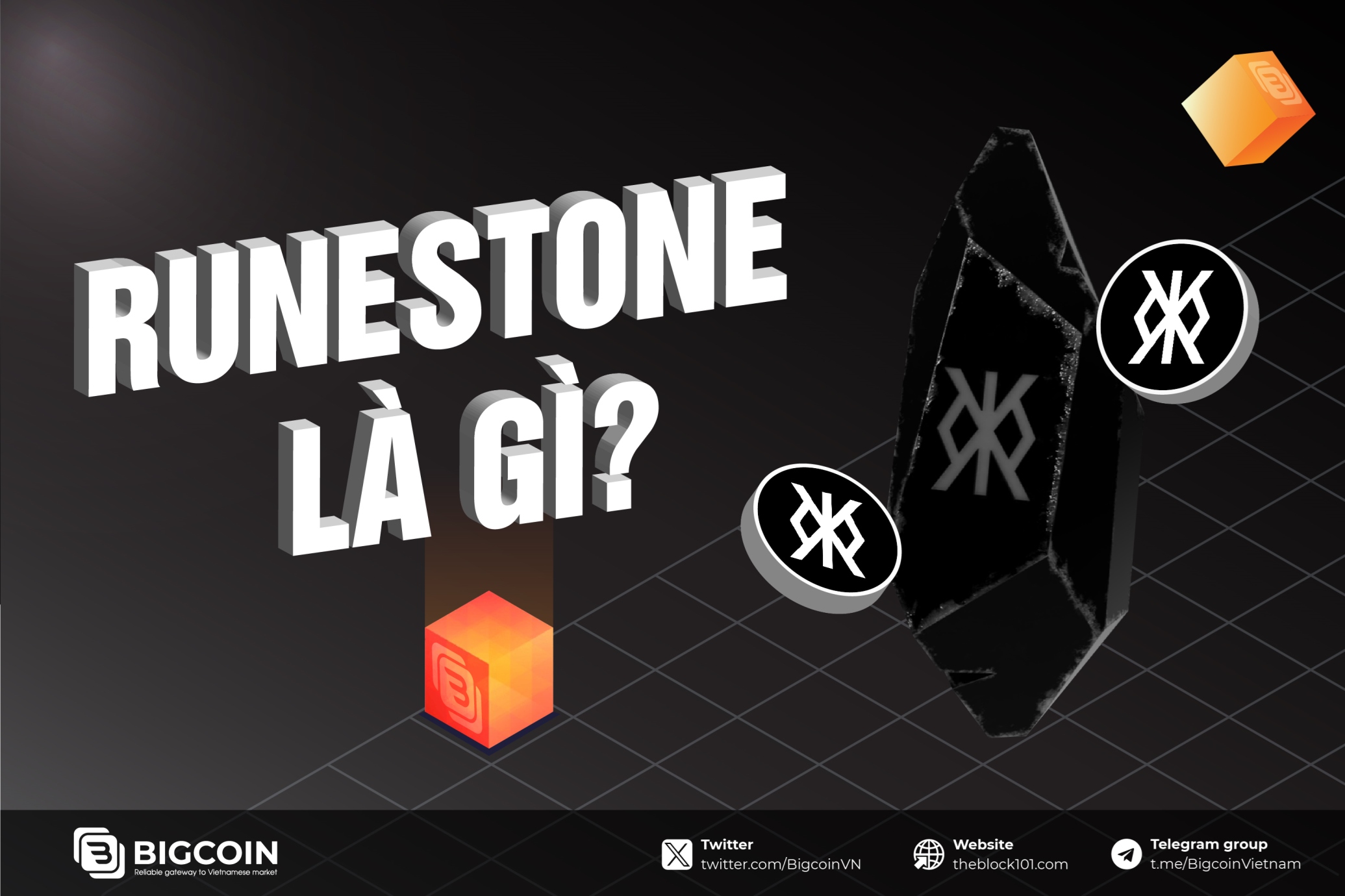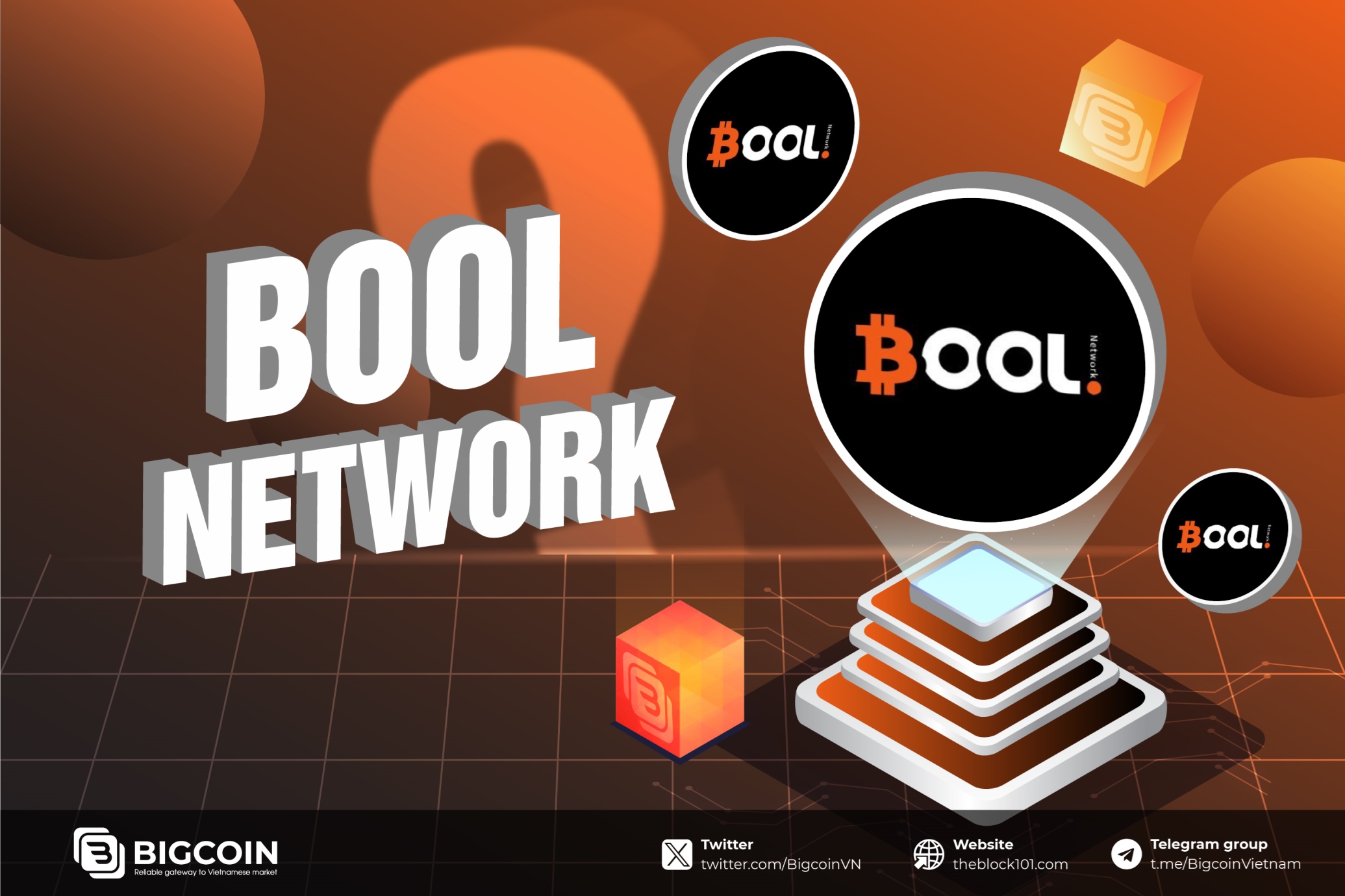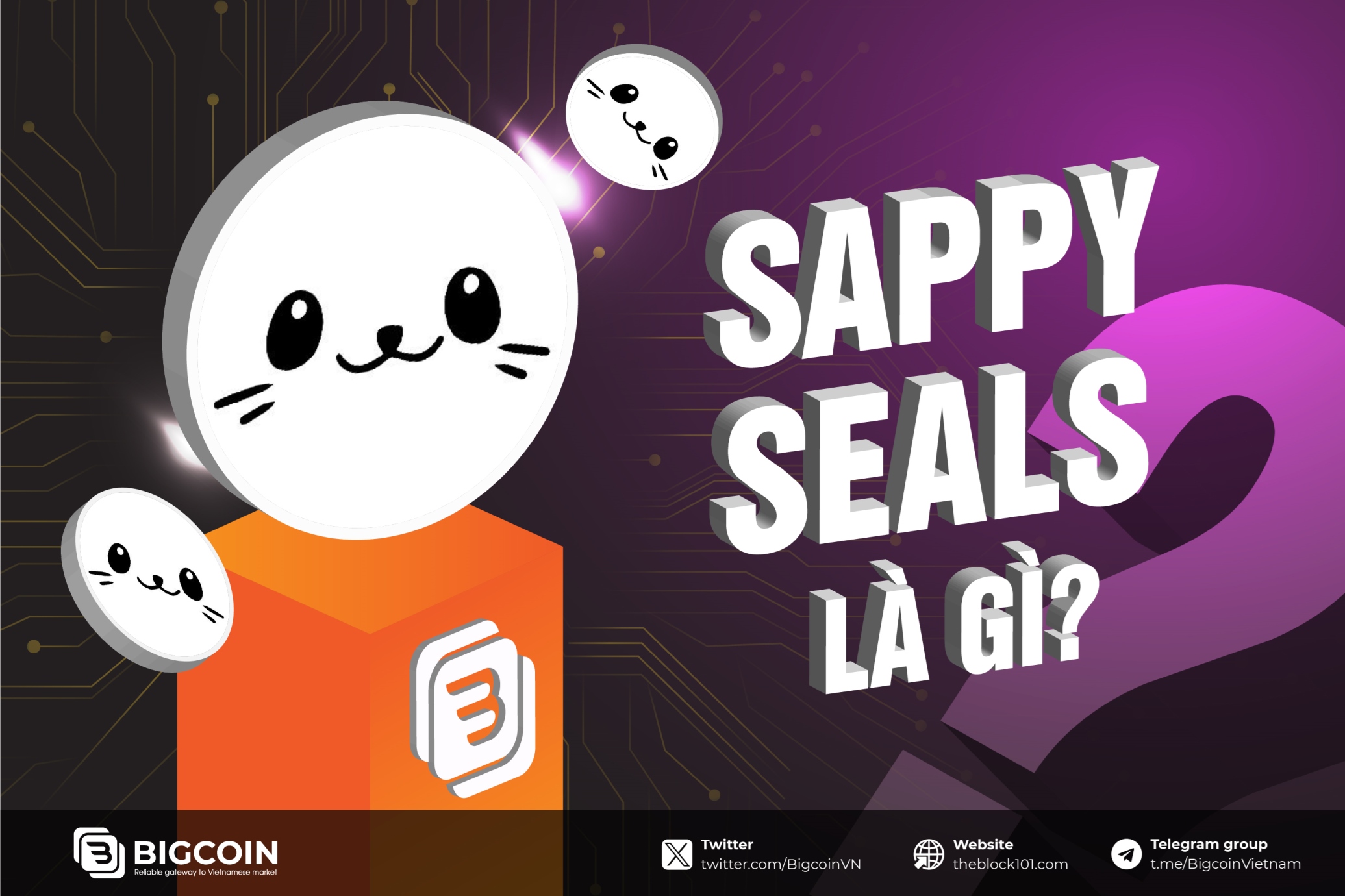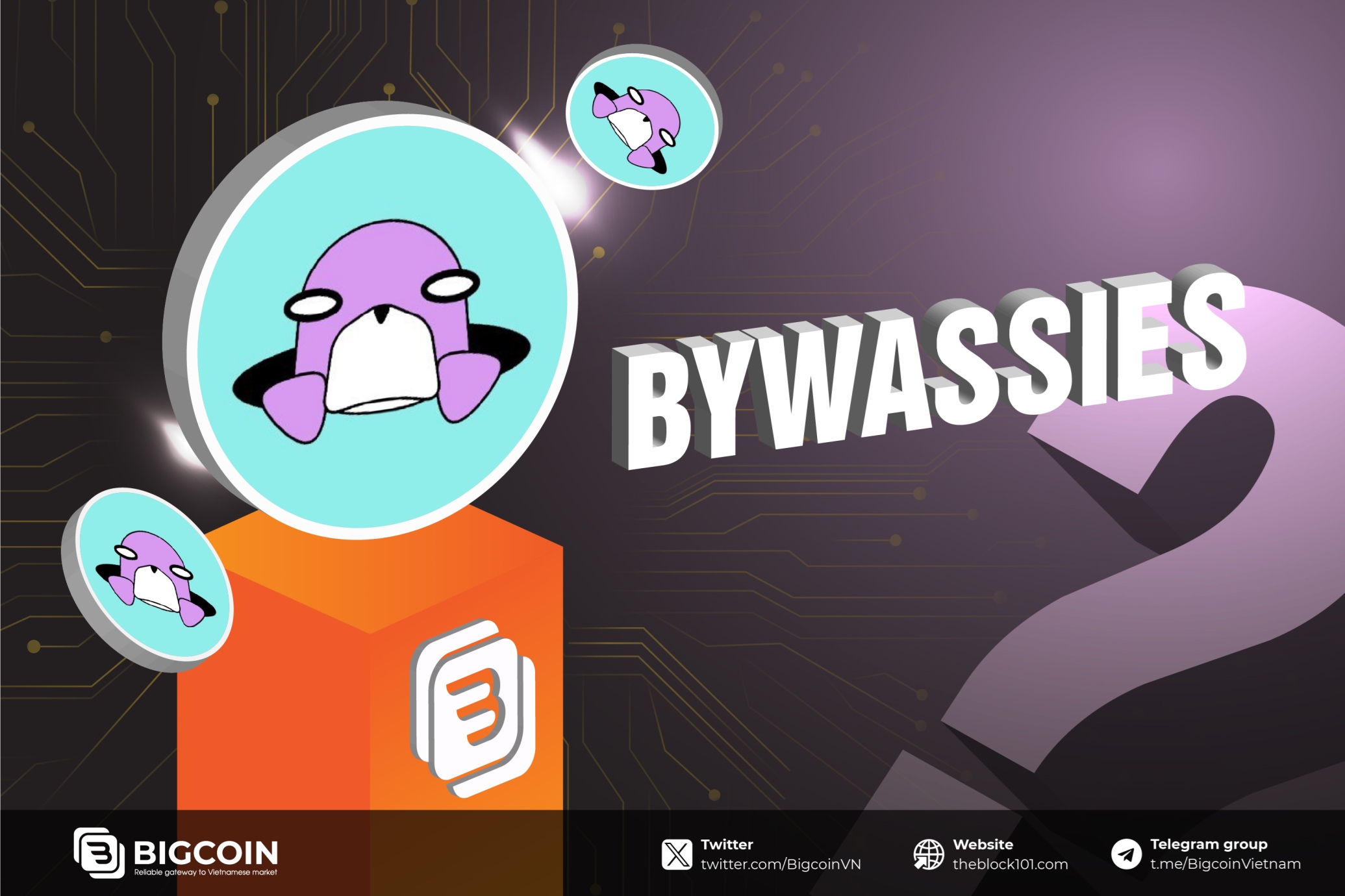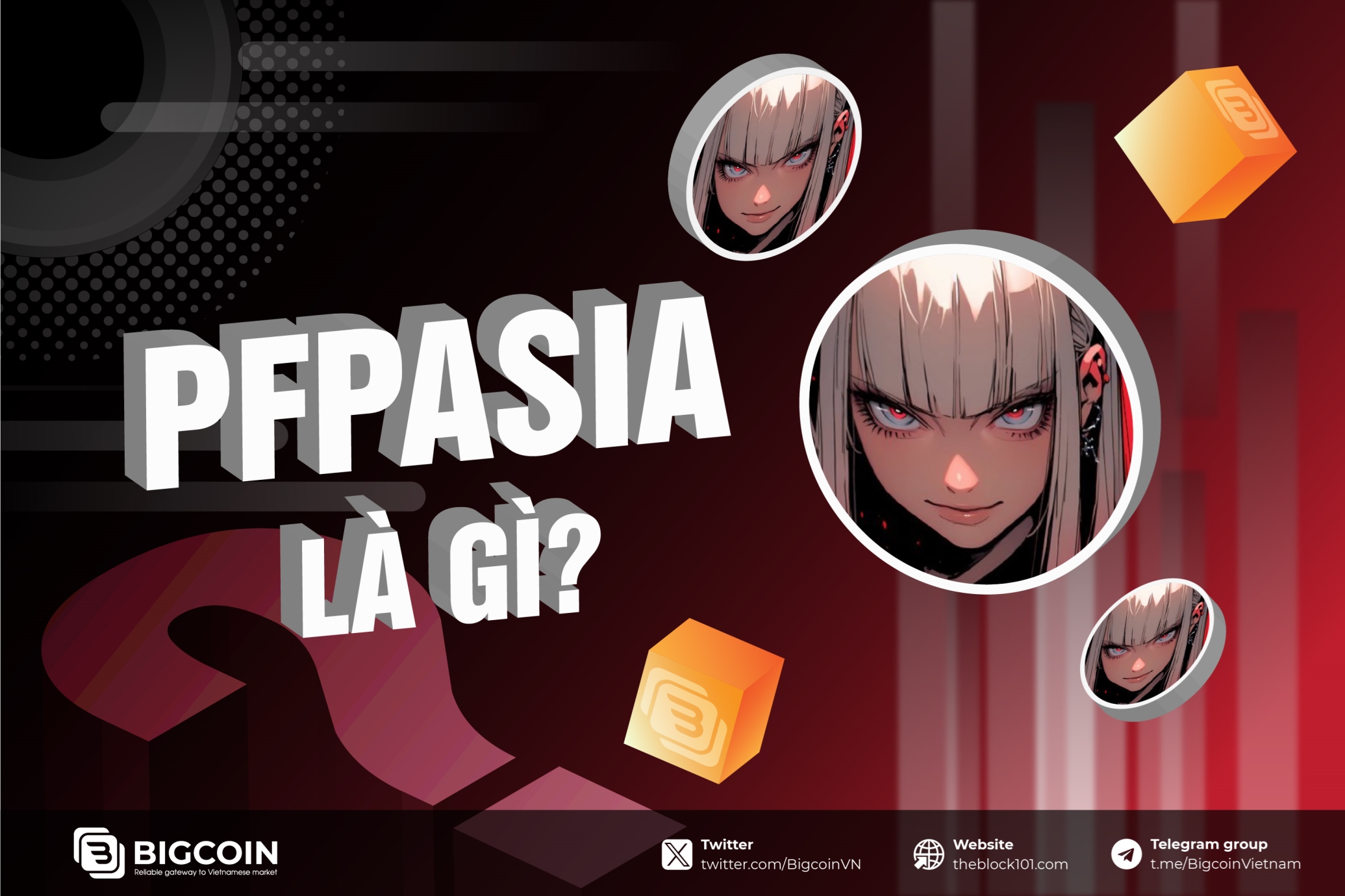.jpg)
1. What is ERC-1111?
ERC-1111, also known as the REDT Protocol, is a novel token standard that inherits characteristics from two existing standards in the market, namely ERC-20 and ERC-721. Developed by the PFPAsia project and backed by Haskey Capital, ERC-1111 introduces innovative features to the NFT ecosystem.
Under the ERC-1111 standard, collections associated with the PFPAsia project utilize a fractionalization mechanism where 1 NFT is equivalent to 10,000 ERC-20 tokens. This mechanism operates as follows:
-
When swapping from 1 NFT to 10,000 tokens:
- The NFT is locked in the REDT1 locker.
- 10,000 tokens are sent to the user's wallet from the REDT0 locker.
-
Conversely, when swapping 10,000 tokens to 1 NFT:
- The 10,000 tokens are locked in the REDT0 locker.
- The REDT1 locker unlocks 1 NFT and sends it to the user's wallet, with the NFT possessing randomized characteristics within the REDT1 Locker.
This unique mechanism enables users to seamlessly interchange between NFTs and ERC-20 tokens, providing flexibility and liquidity within the ecosystem. As a result, ERC-1111 offers a promising solution for enhancing the functionality and utility of digital assets in the NFT market.
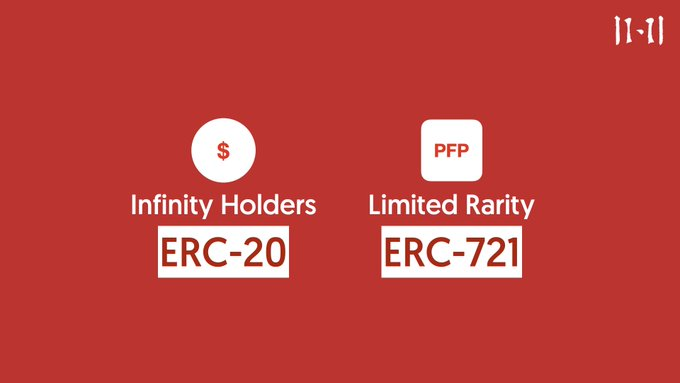
2. Distinguishing Characteristics of ERC-404 and ERC-1111
3. Development Potential of ERC-1111 and ERC-404 in the Market
The ERC-1111 and ERC-404 standards, integrating features from both ERC-20 tokens and ERC-721 non-fungible tokens (NFTs), offer promising prospects for NFT projects seeking to incorporate DeFi applications. These standards enable NFT projects to:
-
Facilitate Instant NFT/Token Swapping: By fractionalizing NFTs into tokens, users can swiftly trade their assets on decentralized (Dex) or centralized (Cex) exchanges supporting project tokens.
-
Integrate Derivatives: ERC-1111 and ERC-404 tokenization mitigates the risk of asset liquidation in derivative platforms by reducing exposure to sudden NFT price fluctuations.
-
Enhance Lending Platforms: Similar to derivatives, lending dApps benefit from reduced liquidation risks amid sharp drops in NFT floor prices.
Moreover, the primary advantage of these technologies lies in enhancing NFT liquidity. By enabling seamless conversion of NFTs into tokens and facilitating trading on Dex platforms, ERC-1111 and ERC-404 attract a broader user base, thereby boosting NFT liquidity and market participation.
Despite the significant benefits offered by these standards, they are currently in the experimental phase and have yet to receive official recognition on the Ethereum network. Consequently, security risks and Smart Contract optimization concerns remain, necessitating further development and testing.
4. Conclusion
In conclusion, ERC-1111 and ERC-404 represent promising advancements in the NFT space, offering enhanced liquidity and functionality for NFT projects. While ERC-1111 demonstrates superior transaction fee management compared to ERC-404, both standards hold potential for driving innovation and growth in the NFT market. However, readers should approach these assessments as informative rather than investment advice.

 English
English Tiếng Việt
Tiếng Việt

